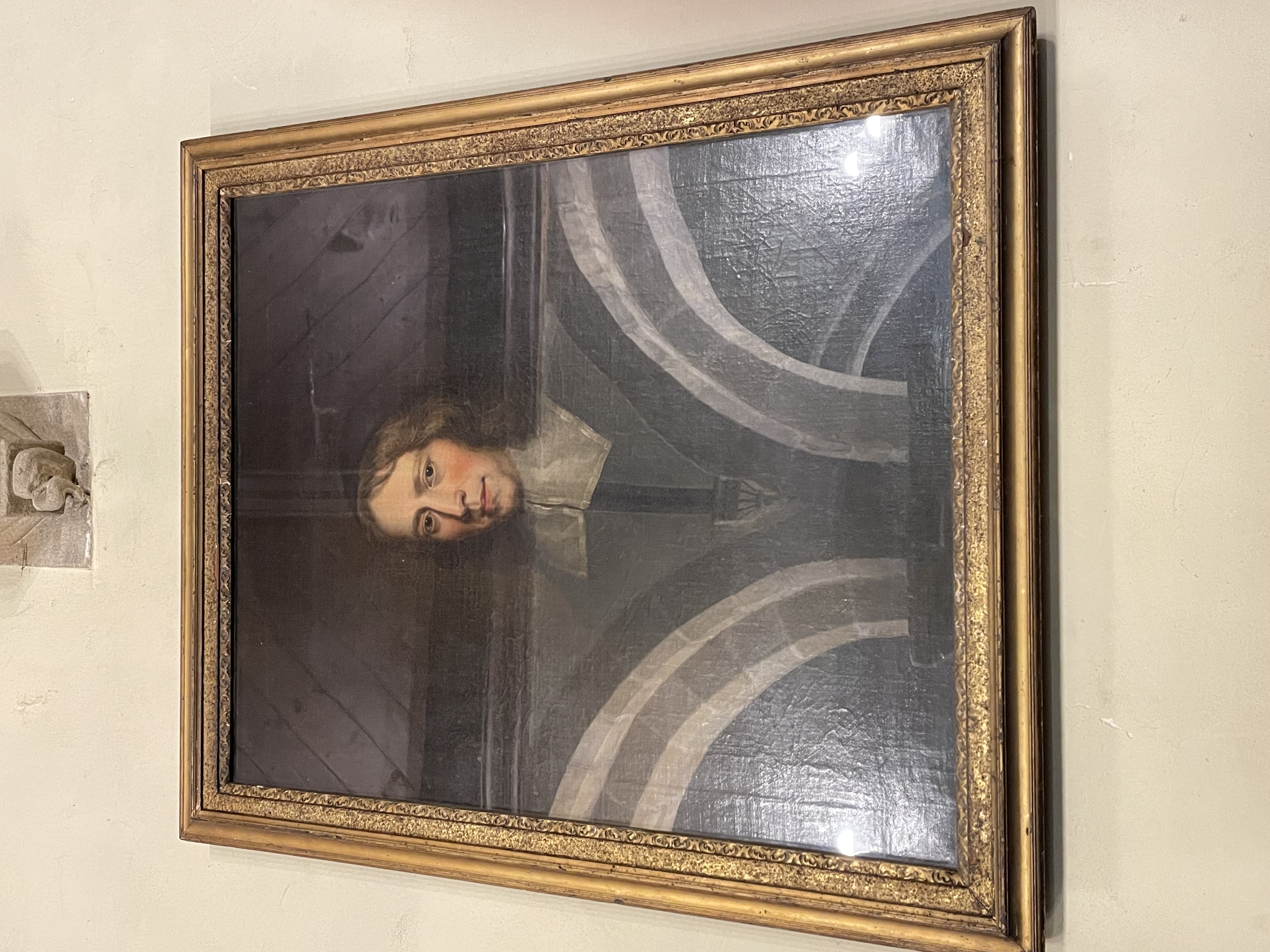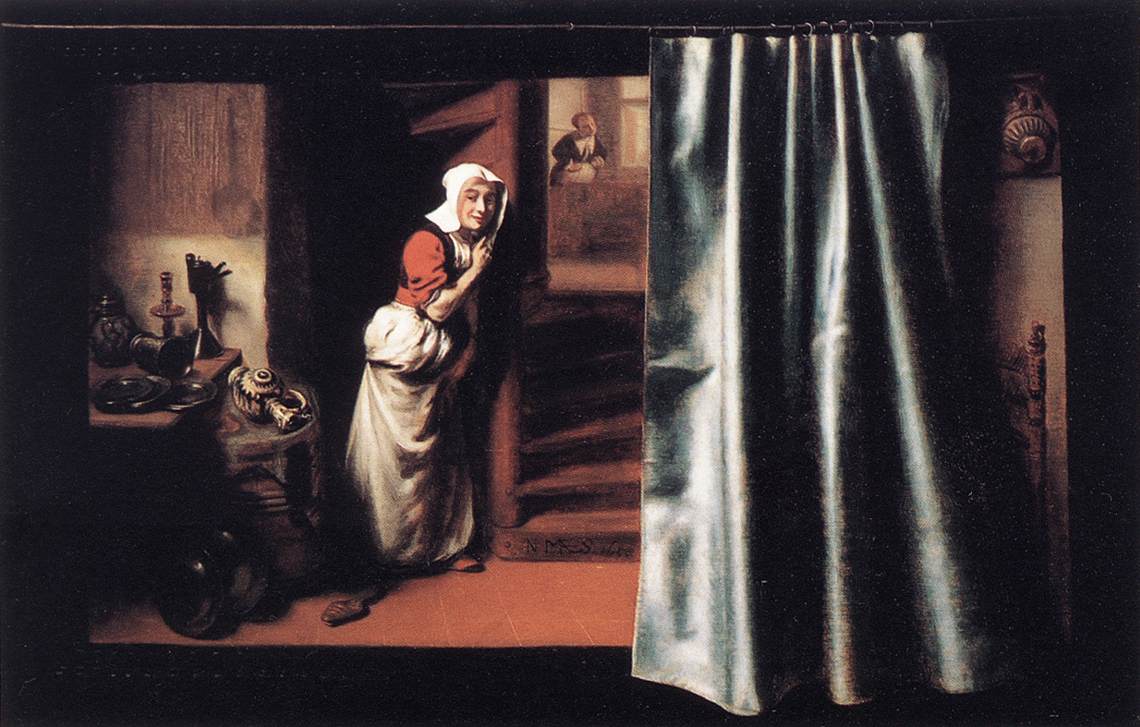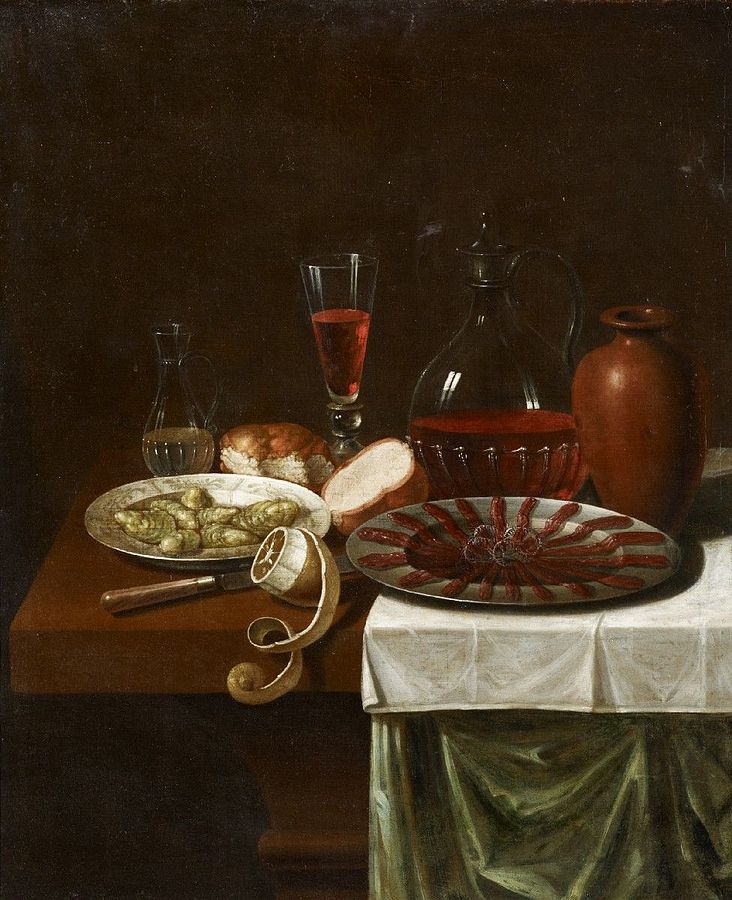'Tragical transactions at Newton': Thornton's niece responds
Last month, Cordelia Beattie wrote a blog post for the British Library's Untold Lives series about Thornton's account of her betrayal by her niece, Anne Danby. In Thornton's version of events, she had housed and fed Danby and her maid, Barbara Todd, after they had been thrown out of their accommodation by Danby's sister-in-law, Margaret, in 1667. Yet, instead of being offered their thanks, Thornton claims that Danby, Todd and some of her own maids repaid her by spreading rumours about her relationship with her daughter Nally's suitor, Thomas Comber, who was also living at the Thornton's house at East Newton, while he was curate of Stonegrave minster (their parish church).

The rumours circulating in the summer of 1668 were twofold; first, that Thornton and Comber were conducting an extramarital affair, so her designs for a match with Nally were really because she wanted that affair to continue; and, second, that Thornton had given her husband's money to Comber while he was incapacitated. According to Thornton, not only had Danby conspired with her aunt, Anne Norton, and Norton's daughter, Mary Yorke, to have the match broken off, but that she had also conspired to have Comber married to two other eligible local women: one being her friend, Mrs Batte;[1] the other, Katherine Farrer.
However, a rather different version of events is recorded in a letter from Danby to Parson Farrer, which survives at the North Yorkshire County Record Office. The letter is dated 10 December, without giving a year, but it is most likely 1668, just three weeks after Nally and Comber were married on 17 November, since the opening address of her letter states, 'I heard yesterday the supposed blessed wedding at Newton is consummated'.[2]
The letter opens with a flattering plea to the recipient:
I perceive by Dr Samways that you have heard of our late tragical transactions at Newton, which I am confident you cannot but bewail, being so good a Christian in the first place that such ill reports should pass concerning my aunt.[3]
Throughout the letter Danby presents herself as the devoted niece, concerned only for her aunt's wellbeing. Even when her aunt had grown cold towards her, she tried to make amends at every opportunity only to be rebuffed by Thornton. According to Danby, it was the maids who were the source of the rumours about Thornton and Comber's relationship. Danby herself had merely stepped in when she found out what they were saying and told them to stop. This, she claimed, had led to her implication in the spreading of rumours.

Danby argued that one reason Thornton became cold towards her was that she planned to have Nally and Comber married without her husband's consent. Danby thought this problematic and urged her aunt to reconsider, out of concern for her:
She had a design to have married or contracted her daughter and Mr Comber privately without my uncle's knowledge, which my conscience would not permit me to condescend to, believing it to be very unjust; therefore I clearly dissuaded her against it and told her, amongst other things, she was her father's child as well as hers and there ought to be a joint consent if she desired a blessing from God upon the future part of their lives.[4]
In the summer of 1668 Nally was only fourteen years old. While ideas about marriage and consent had been in flux during the political and religious upheaval of the mid-17th century, under the Barebones Parliament of 1653, girls under the age of sixteen were required to have their parents' consent to be married.[5] Danby's concern that Thornton may have made the decision to marry Nally to Comber without her husband's consent therefore has precedent.
Furthermore, Danby implies there was another problem: Comber's character. While Thornton sang his praises, Danby had heard otherwise:
She representing him to be so good and holy and chaste and one of so excellent and rare parts, that she could never have the like husband again for her daughter, I had no great reason to oppose her. Until I had the contrary attested to me, which me, a true friend, I did signify to her that she might not be deceived in so grand a concern, he being no such man as she believed, or would make me believe he was. But ever since, he hath sat on my skirts by the alienating her affections, for had it not been for him I might still say I have - not I had - a dear friend of my Aunt Thornton.[6]
The implication here is that Comber was not chaste, and after she had relayed this to her aunt, Comber had 'sat on her skirts' - that is, punished her severely[7] - for revealing this about him. On the day Thornton found out about the rumours and fell ill, Danby recounts:
Towards the evening came in Hector Comber and gave me such a ranting lecture that I never had the like since I drew breath. He told me, I, and my maid had invented a company of lies on purpose to kill my aunt, and all the other stories that went about the country concerning him were all of my inventing too.[8]
Quite why Danby refers to Comber as 'Hector' here is a mystery - perhaps a reference to his hectoring tone? In any case, Danby portrays a situation where she and her maid were blamed for all the rumours that circulated about Comber, both regarding his character and his supposed affair with his prospective mother-in-law, and that these had spread beyond the household.
Even after Danby had been ejected from her aunt's house and was living in lodgings at York, she attempted to reconcile with her aunt, sending her gifts, but was snubbed:

Though she had prosecuted me this violently, that I might give her some small testimony of my unextinguished affection, I sent her first a pot of anchovies, next a barrel of pickled oysters. After, I sent a messenger on purpose to inquire of her health with butter, a hundred raw oysters (which I knew she well loved) and two letters: the one relating to my vindication of which particular she so unjustly taxed me with all, and the other to condole with, and give her what consolation I could, concerning her late loss. But I was glad to reward my messenger myself and had my letters returned back, with this message: that she thanked me, but desired I would not put myself to the trouble of sending any more to her.[9]
Even after such treatment by her aunt, Danby portrays herself as still doing her best to make amends as a dutiful, loyal niece, always hoping for reconciliation.
So, why was Anne Danby writing to Parson Farrer? We do not know much about him.[10] A George Farrer was ordained minister of Thornton Watlass in 1635, and his patron was Sir Thomas Danby, Anne's father-in-law.[11] Thornton mentions Mr Farrer at Malton in the late 1660s, who may have been a chaplain at the Malton household of the Eure family.[12] Given his age, and the information in Danby's letter that he was a relation of Katherine Farrer (Comber's other potential partner), he was likely either Katherine's father or perhaps uncle. As Danby had been implicated in suggesting the match between Katherine Farrer and Comber, this might explain why she wrote this letter giving her side of the story.
These two versions of events allow for rather different interpretations of Anne Danby's character: was she the dutiful niece she made herself out to be or had she, as her aunt claimed, been at the centre of the rumours about Thornton, Comber and Nally?
Post edited on 30 June 2024 to reflect the fact that North Yorkshire County Record Office have now located the original copy of the letter, that Joanne Edge had first read on microfilm.
Mrs Batte was Martha, the daughter of John and Martha Batte, baptised at Birstall, Yorkshire on 29 September 1636. She and her family emigrated to Virginia in 1649, where she met Anne Danby and was still living in 1665. By 1667 she was back in Yorkshire in the service of the Countess of Sussex at Howley Hall. ↩︎
The text quoted above is modernised from Anne Danby to Parson Farrer, 10 December (1668), Cunliffe Lister Muniments (MIC 2281), North Yorkshire County Record Office, unnumbered page 1. ↩︎
Danby to Farrer, unnumbered page 1. ↩︎
Danby to Farrer, unnumbered page 2. ↩︎
Christopher Durston, The Family in the English Revolution (Oxford: Blackwell, 1989), 69-71. ↩︎
Danby to Farrer, unnumbered page 2. ↩︎
In various phrases, denoting close approach or adherence to some person or thing; in earlier use esp. to sit on (upon or in) one's skirts, to press hard upon one, to deal heavily with, to punish severely'. "skirt, n.". OED Online. March 2023. Oxford University Press, accessed June 13, 2023. ↩︎
Danby to Farrer, unnumbered page 3. ↩︎
Danby to Farrer, unnumbered page 6. ↩︎
A George Farrer was baptised at Coxwold on 28 October 1610, the son of Nathaniel Farrer of Close House. The Parish Registers of Coxwold, ed. R. L. H. Lloyd (Leeds: Yorkshire Parish Register Society, 1955), vol. I, 47. ↩︎
Thomas Dunham Whitaker, A History of Richmondshire (London: Longman, Hurst, Rees, Orme And Brown, 1823), vol. II, 77. ↩︎
The Autobiography of Mrs. Alice Thornton of East Newton, Co. York, ed. Charles Jackson (Durham: Surtees Society, 1875), 276. Anne Danby's sister-in-law Margaret Danby was born Margaret Eure and married Thomas Danby, son of the Sir Thomas who was Farrer's patron. ↩︎
Citing this web page:
Joanne Edge. ''Tragical transactions at Newton': Thornton's niece responds'. Alice Thornton's Books. Accessed .https://thornton.kdl.kcl.ac.uk/posts/blog/2023-06-15-tragical-transactions-at-newton/